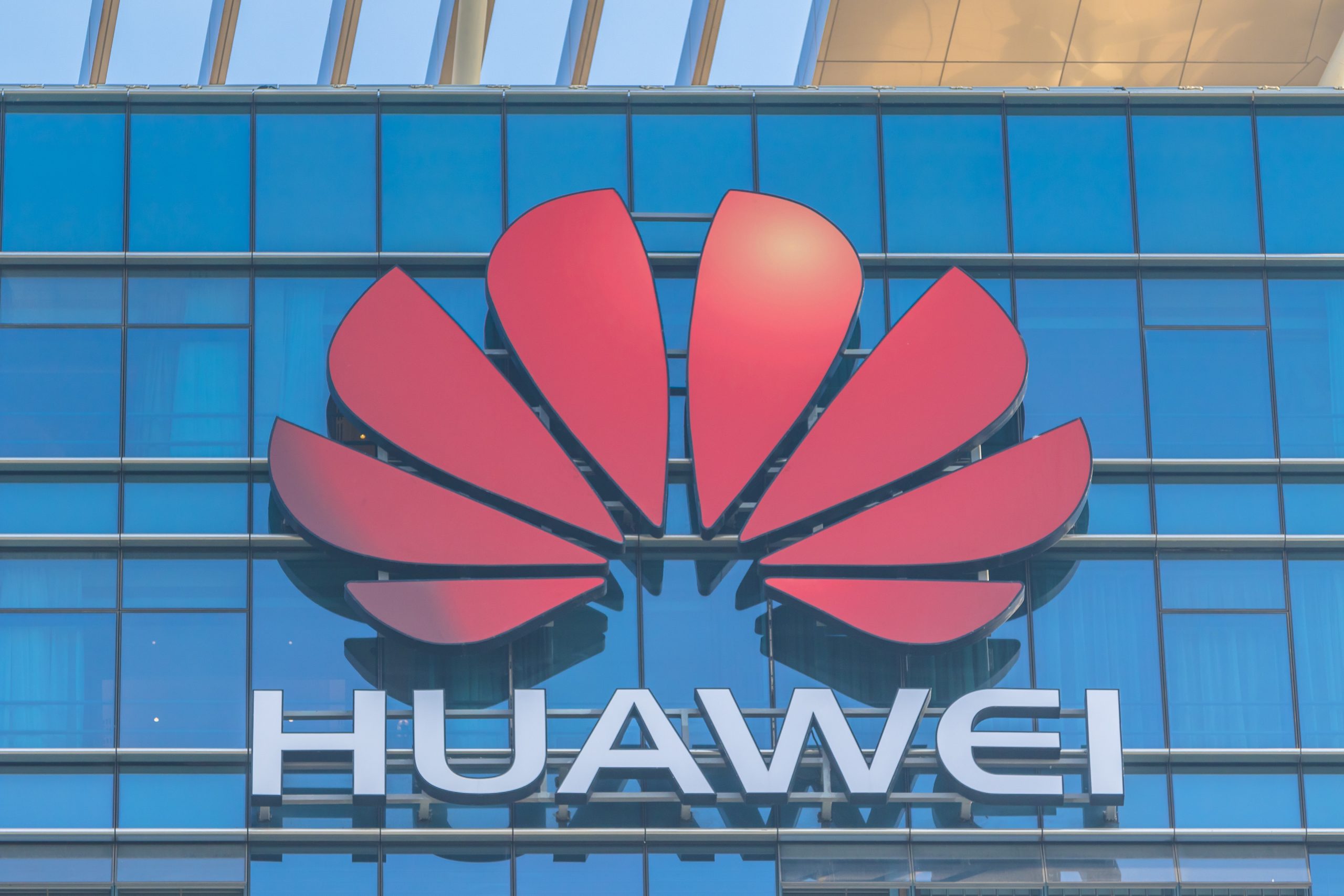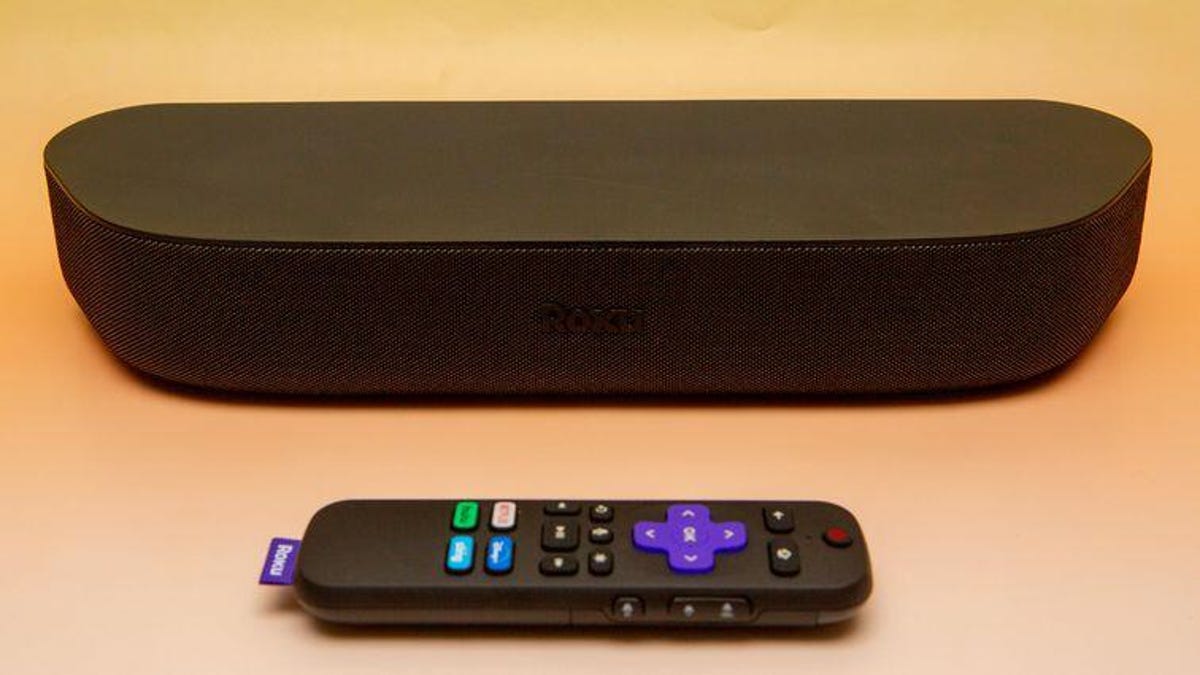As usual, this year’s CES featured a ridiculous number of product introductions and demonstrations, from traditional consumer electronics to home appliances to industrial and agricultural machines. There have been a lot of stories about specific introductions, but here are a few trends that have stuck with me since the show ended.
The Smart, Connected Home Ecosystem
As you’d expect, AI was everywhere at the show, to the point where the term is almost meaningless. For years now, every new home appliance – TV, doorbell, speaker, refrigerator, washer, dryer, etc. – was marketed as being “smart,” generally meaning it could connect to a network and probably an app of some kind. Now all the new models are marketed as having “AI,” which mostly means a smart device with some kind of software, often a minor improvement from what last year’s version could do. It’s a way of making this year’s products seem worth more than last year’s. Most of this works – up to a point, depending on your definition of AI – but for the most part, the improvements aren’t groundbreaking.
One area that is improving however, is the ability to connect multiple devices together and control them all from a single app or hub. At the show, the biggest device makers had their own approaches to how smart devices work throughout the day. Samsung pushed “AI for All” while touting its SmartThings platform for connecting multiple devices, while LG called its solution the all-too-cute “Affectionate Intelligence.” A lot of this seems far-fetched and unnecessary, but I do expect we’ll see better connectivity between devices and some scenarios where multiple devices working together make sense.
But what stood out to me is the growing ability to connect smart devices from multiple manufacturers. Again, the concept is far from new, but the emergence of the Matter standard – which has been around for a few years, but now seems ubiquitous, is helping to make this a reality. This will eventually allow you to use one app or one hub to control all the smart devices in your home, which should make things easier.
More Devices to Measure Your Health
We’ve seen so-called “HealthTech” at CES for years, and there was even more at this year’s show. One of the most impactful trends is the emergence of over-the-counter continuous glucose monitors, which were approved by the FDA a few months ago.
The two big entrants both come from companies that have years of experience with diabetes patients, offering small patch sensors you can wear on the back of your arm that monitor the glucose in your bloodstream. Stelo by DexCom, is specifically aimed at what it calls the 125 million Americans with Type 2 diabetes who do not use insulin, and at those with prediabetes. Abbott’s Lingo is also aimed at people who do not use insulin, but is pushing more for general health, with an application that aims to coach people to eat better, personalized to their glucose levels.
This fits in well with the concept of individuals tracking all sorts of health data for themselves, and using it to improve their eating habits, to identify potential problems, and generally to feel better – sometimes called the “quantified self.” Lots of folks use smartwatches for this, and recently I know lots of people who enjoy the Oura Ring, a ring that tracks your heart rate, heart rate variability, motion, temperature, and sleep. At the show, Oura was touting this for business users.
Conneqt Pulse (Credit: Michael J. Miller)
And of course, I saw lots of other products that fit into this category. I was intrigued by the Conneqt Pulse, a device that measures arterial health, which the company claims gives far better metrics than a traditional blood pressure cuff. The company says this measures your “vascular age” which it says translates better health over the course of your life.

Vivoo (Credit: Michael J. Miller)
Vivoo offers at-home urine testing kits for general wellness (measuring things like ketones, sodium, and protein in your urine), as well as tests for specific chemicals and for ovulation and pregnancy. Eli Health has a home hormone testing device that uses saliva. StethoMe offers a home stethoscope with an app designed to track breathing over time and detect sounds typical of pneumonia or bronchitis.
And as usual, there were lots of products designed to promote better sleep, from earbuds designed to help you sleep from dbbeats to Apneal’s smartphone app designed to detect sleep apnea from your smartphone. And I was interested in Intake Breathing’s magnetic nasal dilators, strips you put on your nose to prevent snoring and help you sleep better.
I’m not sure most of us need these products, but I’m sure they will make some people feel better and more informed about their health – and others feel more anxious.

Nuance Glasses (Credit: Michael J. Miller)
Over the past couple of years, we’ve seen a lot of improvements in over-the-counter hearing aids for people with mild to moderate hearing loss, with probably the most important one being Apple’s recent announcement that it has received FDA approval for such features for the AirPods Pro 2.
At CES, I saw a lot of such devices, with companies that all say their products are higher-quality than the Apple solution, if still not up to the full capabilities of the much more expensive solutions usually prescribed by audiologists. I was impressed by the Nuance Audio glasses from EssilorLuxottica (the company that makes Ray-Bans) that builds the hearing aids into a pair of glasses. And Xander has glasses that show captions on the screen of what is being said around you, a different approach for people with hearing loss.

eSight Go (Credit: Michael J. Miller)
I’ve long been intrigued by products that aim to help people with impaired vision, and I was pleased to see eSight’s new eSight Go glasses that provide magnification for people with significant central vision loss, such as those who have macular degeneration or diabetic retinopathy. The new version – the company’s fifth – uses full HD OLED displays, image stabilization, and up to 24X magnification, and is smaller and lighter than previous versions. It’s designed to be easier to wear for extended periods, though it’s still notably heavier than traditional smart glasses.

Lumen Glasses (Credit: Michael J. Miller)
Lumen has a headset that uses technology similar to automated driving systems to look at the world around you and help you walk around through haptic notifications. Another company, Soliddd has a solution for macular degeneration that involves beaming light in parallel rays from the periphery of your field of view to the far edges of your retina. In either case, the solutions could be transformative for people with these conditions.
Recommended by Our Editors

Glidance Glide (Credit: Michael J. Miller)
Another intriguing solution I saw was from Glidance, which was showing Glide, an AI-enhanced mobility aid for people who are blind or have very low vision. This can tell you what it sees in front of you and does things like helping you navigate around obstacles. Again, I can see where this might be very useful.
Smart Glasses Reach the Mass Market
For years, I’ve been trying out different kinds of smart glasses at home, at other shows, and at CES. But what struck me this year was that rather than being high-powered augmented reality glasses that do a lot but are heavy and often expensive – like the Apple Vision Pro, Microsoft HoloLens, or Magic Leap – the products that are winning in this category are simpler, lighter, and more focused on a particular function or two.

Ray-Ban Meta Glasses (Credit: Andrew Gebhart)
Perhaps the biggest winner in the category has been Ray-Ban Meta Smart Glasses, which play music, take pictures or videos you can easily post on social media, and offer a built-in AI assistant from Meta. I have a pair and I’ve been quite happy with these. Even if the AI assistant still isn’t everything you want, it’s still quite useful An alternative in this category are Amazon Echo Frames, which don’t have the camera but use Alexa as its assistant. I won’t be surprised to see this category get a lot more popular in the year to come.

Ray-Ban Meta Glasses (Credit: Michael J. Miller)
At the show I saw plenty of other solutions with similar features, such as the solos AirGo glasses, with built-in translation as well as a conversational assistant based on ChatGPT, the Loomos AI glasses which offer a higher-resolution for gamers and an optional neckband power bank, and Mustard Glasses, which feature an assistant named Jude. I was also intrigued by Halliday, a Kickstarter project that offers an AI assistant paired with a small display module equivalent to a 3.5-inch screen

Xreal One Pro (Credit: Michael J. Miller)
Another part of the category that is getting more popular are glasses that mirror or replace your monitor, giving you more privacy and what appears to be a much larger screen. I was impressed by the increased quality of the Xreal One Pro, which you tether to a phone, tablet, or PC and it shows you the screen. This version uses a microOLED display system with a 57-degree field of view (which the company says is equivalent to a 171-inch monitor with up to 700 nits of perceived brightness), Bose audio, and the company’s X1 chip, which helps you use it either with the display moving when you do or as an anchored display. The display looked quite good – I’m not sure it quite measures up to the much more expensive AR headsets I’ve tried, but definitely a step up from previous models. I’m looking forward to spending some more time with them. Other companies with interesting products in the space include Lenovo’s Legion Glasses, and Rokid’s AR Joy 2.
Do You Want to Record Your Life?

Plaud (Credit: Michael J. Miller)
A few years ago, a few researchers decided it would be interesting to record everything they did, every day. The first of these I recall was Gordon Bell’s “life-logging” project. With smartphones and social media, it seems like a lot of people are doing that, but of course, almost no one records everything. Still, I saw some products that aim to do just that.
OpenInterX offers Luci, a 12-megapixel camera you wear that connects with Mavi, an AI that offers video understanding and search, so you can highlight the key moments. It’s a neat idea. Plaud.AI has a tiny little pin that records what you hear, designed more for professional users and notetaking than for your life, but that looks quite interesting. And, on a simpler level, Ausounds showed off Notebuds Hi-FI, which work like regular wireless earbuds, but also can record and transcribe what you’re hearing, such as note from a meeting or a class.
Get Our Best Stories!
This newsletter may contain advertising, deals, or affiliate links.
By clicking the button, you confirm you are 16+ and agree to our
Terms of Use and
Privacy Policy.
You may unsubscribe from the newsletters at any time.

About Michael J. Miller
Former Editor in Chief










